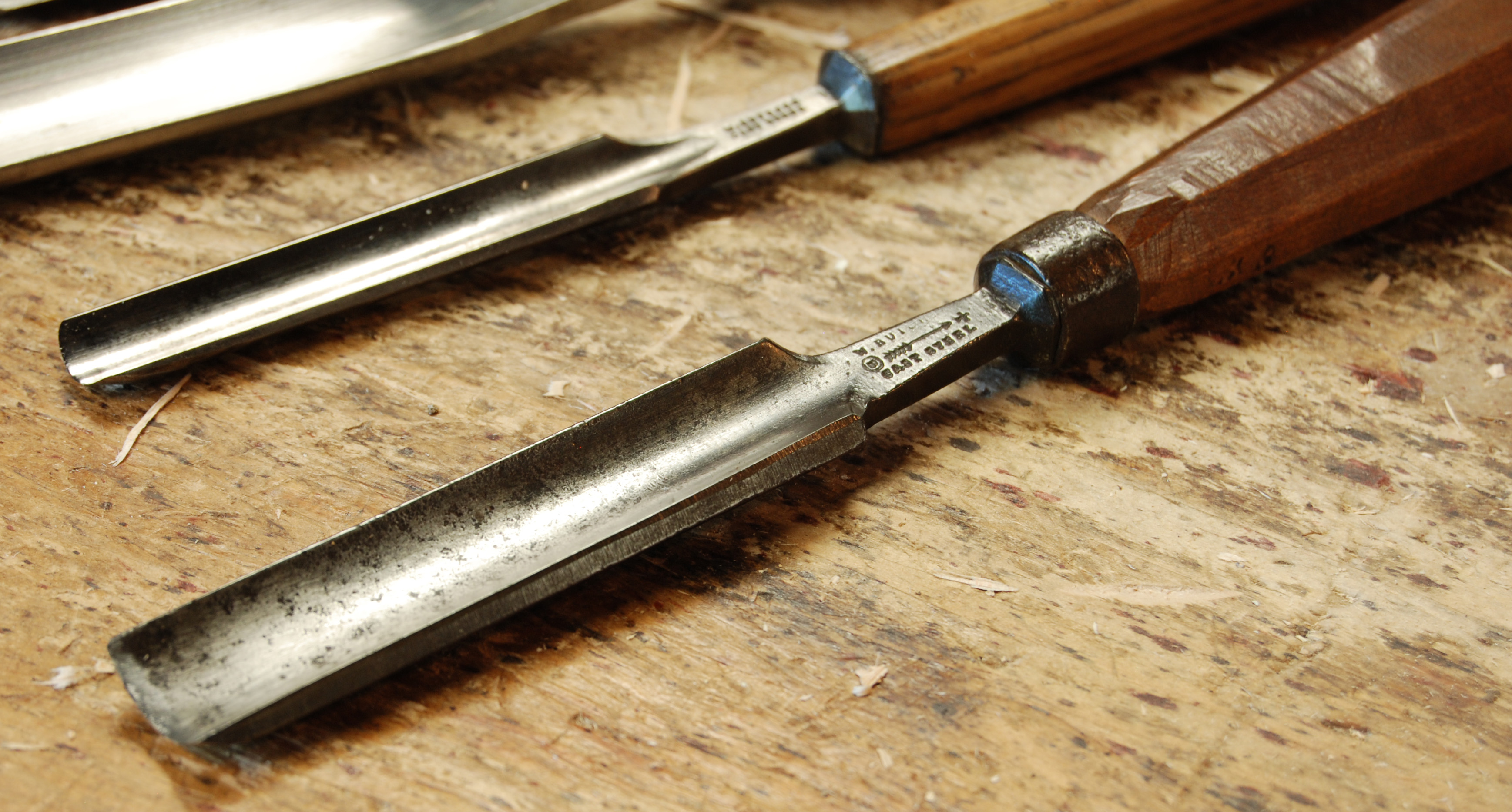Duplo 460 Drivers. He must have used wood as one of his first tools. I encourage you to do more research on the history of wood carving if you are. History of Chip Carving. History of wood carving A Chinese wooden Bodhisattva, Jin dynasty (1115. And may no doubt be accounted for by the extensive use of stone cutting tools. To begin the history of wood carving, you must talk about Egypt. When it comes to this art, ancient Egypt has the largest number of wooden art decorations.
The Head Of St Anne, Limewood Hermitage St. Petersburg (c.1500) by Tilman Riemenschneider.

Wood Carving and Sculpture Contents St Wolfgang Altarpiece (1471-81) Carved in lindenwood by Michael Pacher. A masterpiece of in the Late Gothic style. WORLD'S BEST SCULPTORS For a list of the top 100 3-D artists (500 BCE - 2009), please see:. Introduction One of the oldest, woodcarving is an art-form common to all cultures, from the Stone Age onwards, not least because of its widespread availability, plasticity and low cost. Its only real drawback as a medium for sculpture is its perishability. Being water absorbent and vulnerable to insects and airborne fungi, wood can degrade quite rapidly.
As a result, bronze, marble and other types of stone have been preferred for monumental works. Even so, wood was the principal type of used to produce masks, statuettes, religious objects and general decorative items.
The medium was also widely used in for the carving of ceremonial canoes and other objects, as well as in the totem pole culture of and in the of Australia. Unfortunately, most of this type of ancient has perished. Wood carving was also common in, although it was far less prestigious than, and used mostly for small-scale works. The medium flourished later in Europe, alongside medieval, Romanesque and, chiefly in churches and cathedrals, and later alongside fine furniture and interior decoration, notably in the idiom of.
